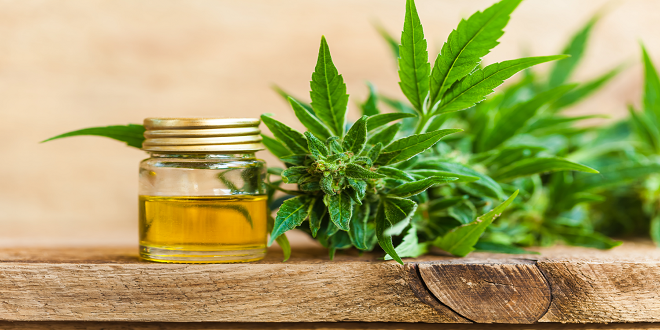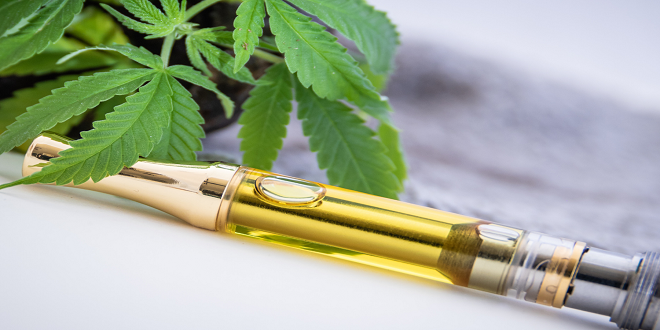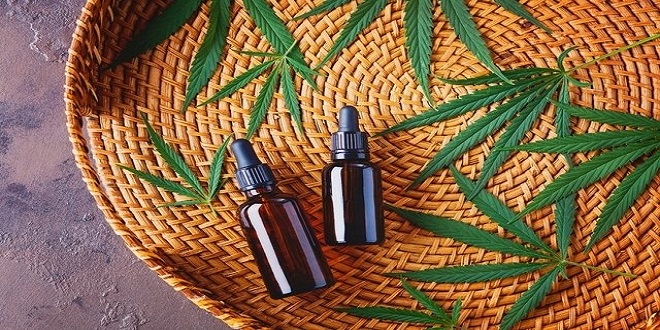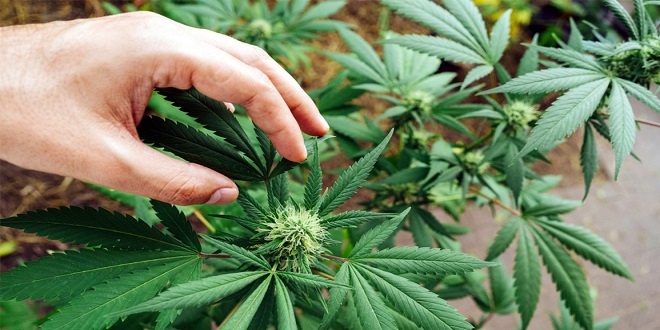A Beginner’s Guide to Growing Outdoor Cannabis
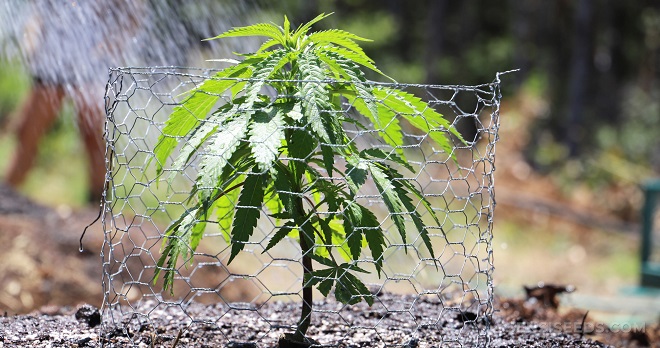
There are numerous methods for growing Cannabis, but we’ve put together some helpful tips and information to help new gardeners get started. We recommend that beginners grow cannabis using feminized cannabis seeds, which will produce a beautiful harvest of flowering buds. As is often the case with most forms of plant life, there are multiple Cannabis varieties that can dramatically differ in plant size and color, time until harvest, and potential yield.
Planting
Begin your cannabis growth by enriching your new plant with gradual exposure to sunlight. Next, plant your seedlings in the ground or a large container using potting soil and high nitrogen fertilizer. Plant or position your plant in direct sunlight. Growing your plant in a pot rather than in the ground can extend the season by bringing it inside to finish its cycle if fall rains occur early. Keep in mind that once the plant matures, the pot size, along with the plant, roots, soil, and growth behavior, may make it difficult to shift. Water the roots on a consistent schedule, and never water from directly above the plant. The plant’s need for water will increase as it grows.
Grow Environment
Plant cannabis in full light while overnight temperatures remain over 50 degrees Fahrenheit. The Cannabis plant, whether grown inside or outdoors, is sensitive to molds and mildews, the most common and well-known of which are powdery mildew and botrytis. Molds are prevented by using neem oil. Use as instructed. To eliminate mold and fungal concerns, good air circulation is required as a result of trimming during the vegetative stage.
Growth Stages
One month after planting, treat lightly every 10-14 days with a high-nitrogen fertilizer during the plant’s vegetative growth stage. It is critical to maintaining air circulation and light at this time by trimming and training the plant. Once the plant begins to flower, do not prune it. Cannabis is photo periodically responsive. The plant will bloom as the days become shorter and the nights grow longer. Change to a high phosphorus fertilizer as the plant is near flowering to stimulate blooming. Some plants may finish growing as early as late September, and others as late as mid-October. You should stop fertilizing your plant at least two weeks before harvest. Prevent rain from falling on your plants before harvesting. Mold will ruin and jeopardize your harvest. Plants should flower at least six weeks before harvest. Pistils, which look like tiny small hairs growing out of the bloom and are at least 50% orange/red, indicate flower maturity.
Harvesting, Drying and Storing
Remove the flowering branches once the plant has achieved maturity. Trim the larger fan leaves and the smaller leaves throughout the flower to eliminate most of the leaf residue before drying. Concentrate at full strength to assist in the removal of sticky plant oils that may develop on your snips. Hang your flowers in a well-ventilated area to dry properly. When the flowers feel crispy to the touch, and the stems bend without snapping, it’s time to cure them. Glass jars or large plastic sealed containers will suffice for curing. Seal the flowers in an airtight container and open it once a day to allow moisture to escape from the stems. When you open the container, the flowers will feel moist. Allow them to crisp up again before sealing them back into the airtight container. When the flowers no longer feel damp when opened, they are ready for long-term storage. Store them in an airtight container.

